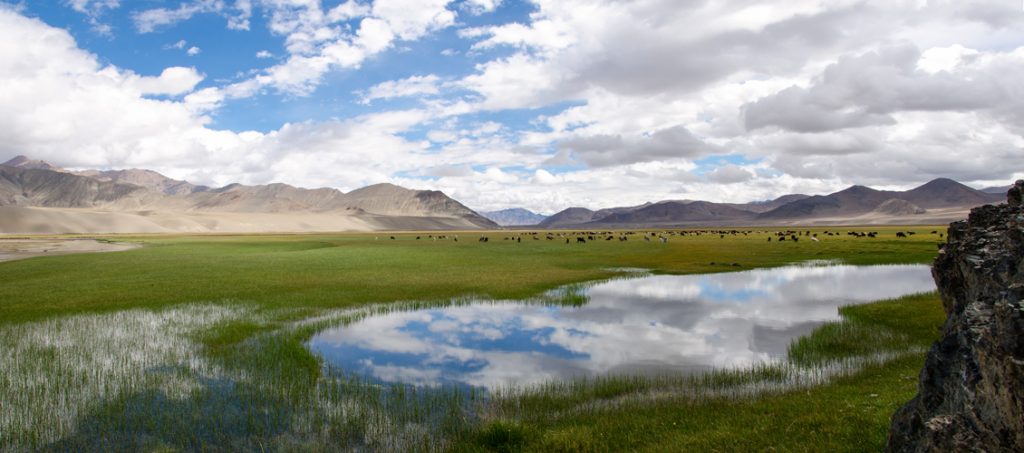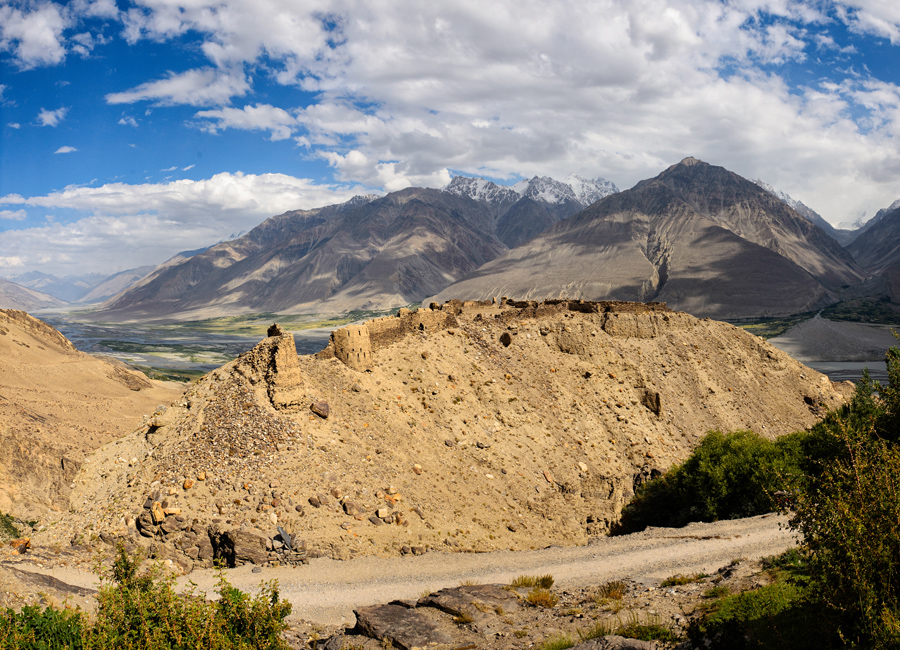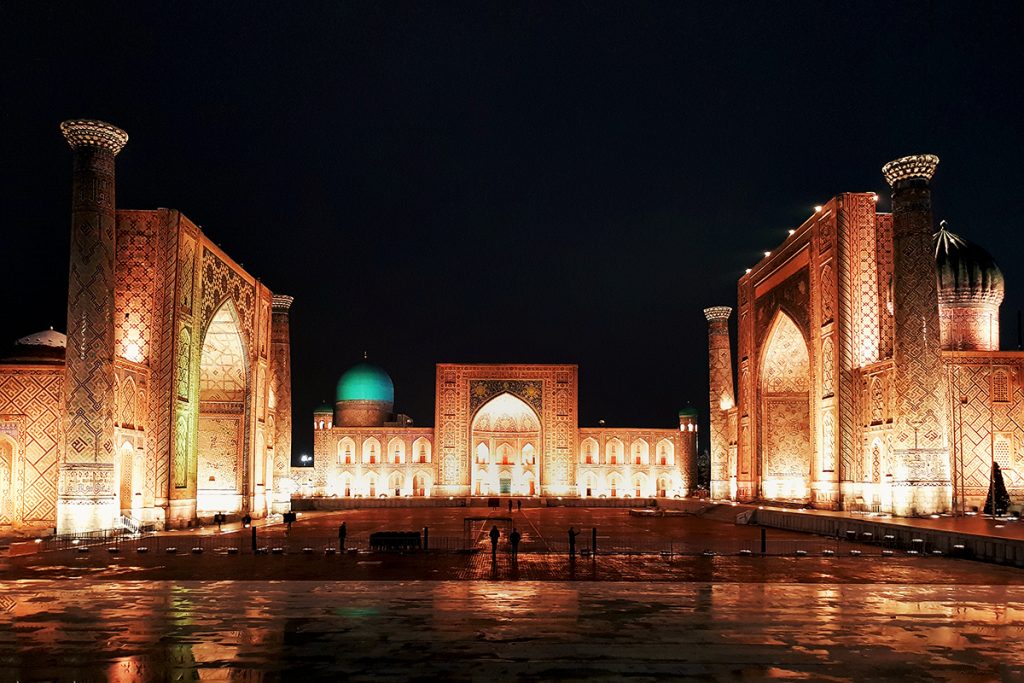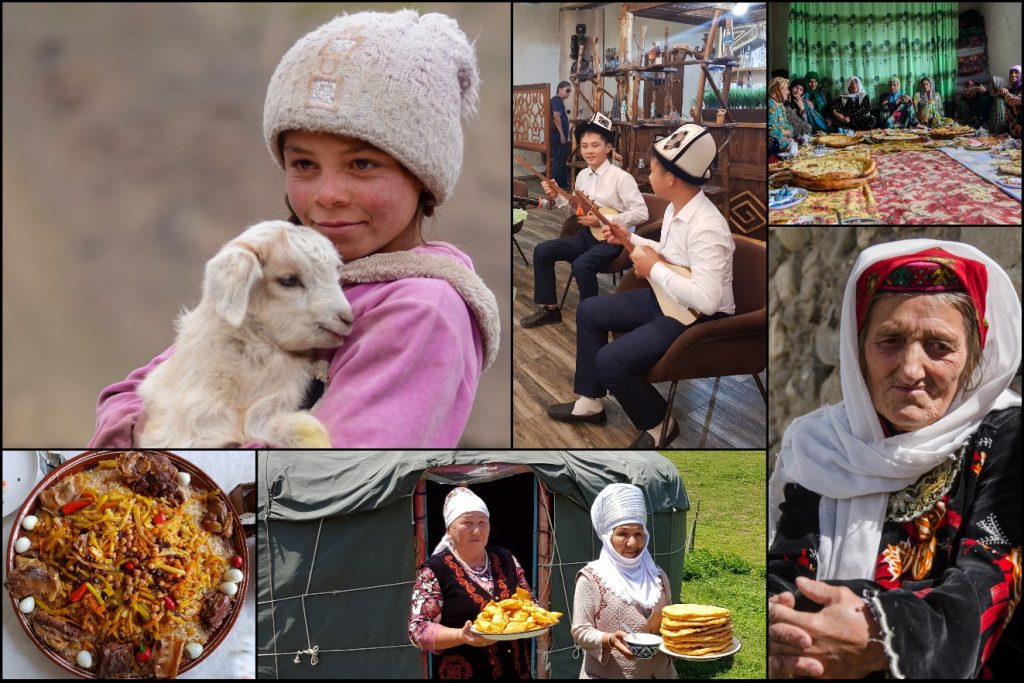Lonely Planet’s Best in Travel sets the agenda for tourism in the year ahead: it is the mother of all travel trend lists. And for 2020, Lonely Planet has selected the Central Asian Silk Road — Kazakhstan, Kyrgyzstan, Tajikistan, Turkmenistan, and Uzbekistan — as the #1 region to visit. What is it about these Central Asian Republics that makes them such exciting destinations for adventurous travellers, besides the fact that they are still so little visited? The Paramount Journey team has a few ideas!
Central Asian Landscapes
If you love the great outdoors, the Central Asian Silk Road is the destination for you. Towering mountains fall away to river valleys, and beyond them lie steppe and deserts. The combination and scale of geographical features makes for dramatic backdrops, but also creates an unrivalled natural playground for those who want an active vacation.
In Kyrgyzstan, lakes such as Issyk Kul and Song Kul attracts water sport enthusiasts and nomadic shepherds alike. In Tajikistan, the high altitude Pamir Mountains have earned the moniker “Roof of the World” and are superb for hiking and climbing, as well as mountain biking.
Kazakhstan’s Charyn Canyon rivals the Grand Canyon in Arizona for size and spectacle. And in Uzbekistan, the expansive Kyzylkum Desert is the archetypal Silk Road scene, especially when a line of Bactrian camels walks by. The clearness of the night sky is second to none, so it is a prime location for astro tourism, too.
Central Asian History
The history of Central Asia is the history of the Silk Road. This region was a trading place for the most sought after goods of Europe and Asia, but also a melting pot for people and ideas. Merv, in modern day Turkmenistan, was probably the largest city in the world until it was sacked by Genghis Khan. The great Silk Road cities and their enviable wealth had to be protected from attack, which accounts for why there are so many impressive fortresses and walled citadels in this areas.
Central Asia is an archeologist’s dream. Ancient cities such as Alexandria on the Oxus, Afrosiab, and Castle Karon are being excavated a layer at a time. The greatest ancient finds are in the British Museum and the State Hermitage Museum, but there are also magnificent frescoes, statues, gold and silver jewellery, and burial goods in Central Asia’s national and regional collections. Termez Archaeological Museum and the National Museum of Antiquities in Dushanbe are particularly good.
Central Asian Architecture
The tiled mosques, madrassas, mausoleums, and minarets which symbolise the Silk Road are all to be found in Central Asia. Uzbekistan has a disproportionate share of these architectural highlights, but when you factor in Tsarist Russian, Soviet, and post-Independence buildings too, the other Stans can definitely compete.
Look out in particular for the classical opera and ballet theatres, grand governmental buildings, and Brutalist concrete creations which pushed architects and their materials to the limit. The city skylines are constantly changing: there are always new structures going up, Ashgabat in Turkmenistan, and Nur Sultan in Kazakhstan, are both impressively over the top examples of what can happen when architects are given free rein and almost unlimited budget.
Central Asian Culture
In Central Asia, communities have kept alive traditions for hundreds of years, and many practices are recognised by UNESCO as Intangible Cultural Heritage. Whether you are watching a fiercely fought match of buzkashi in Khujand’s hippodrome, meeting felt shyrdak makers in Karakol, or tasting plov made with chickpeas and quails’ eggs in Samarkand, immersing yourself in the local cultures of Central Asia is a delight.
Central Asian hospitality is famous well beyond the Silk Road, and you will be treated as an honoured guest wherever you go. You will also probably go home several kilos heavier than when you arrived: hosts like to feed you at every opportunity! Sharing a pot of green tea is an important way to build relationships, so make sure you allow time to spend in homes and chaikhanas (tea houses), chatting and getting to know the people you meet along the way.
Getting to Central Asia
Lonely Planet mentions improved infrastructure and reduced bureaucracy in their Best in Travel report. Together, these two things make it easier to visit the Central Asian Silk Road than ever before.
Kazakhstan, Kyrgyzstan and Uzbekistan are all visa free, and Tajikistan has a simple evisa system. It’s only Turkmenistan where the visa process is a little more bureaucratic. Some regions still require a permit to visit, but Paramount Journey can arrange the paperwork for you.
Astana, Ashgabat, and Tashkent are well served with international flights to major destinations in Europe, Asia, and the Middle East. You can reach Bishkek and Dushanbe with Turkish Airlines and regional carriers, too. Improved rail links and an increased number of open road borders enable you to travel between all three countries of the Central Asian Silk Road on a multi country tour.
***
If you are planning to visit the Central Asian Silk Road in 2020 (and get there ahead of the crowds), Paramount Journey can take you. From hiking to glamping, and mountain biking to cultural tours, our experienced local tour leaders and guides will show you an authentic, unforgettable side of Central Asia.
© Text and photos by Paramount Journey














